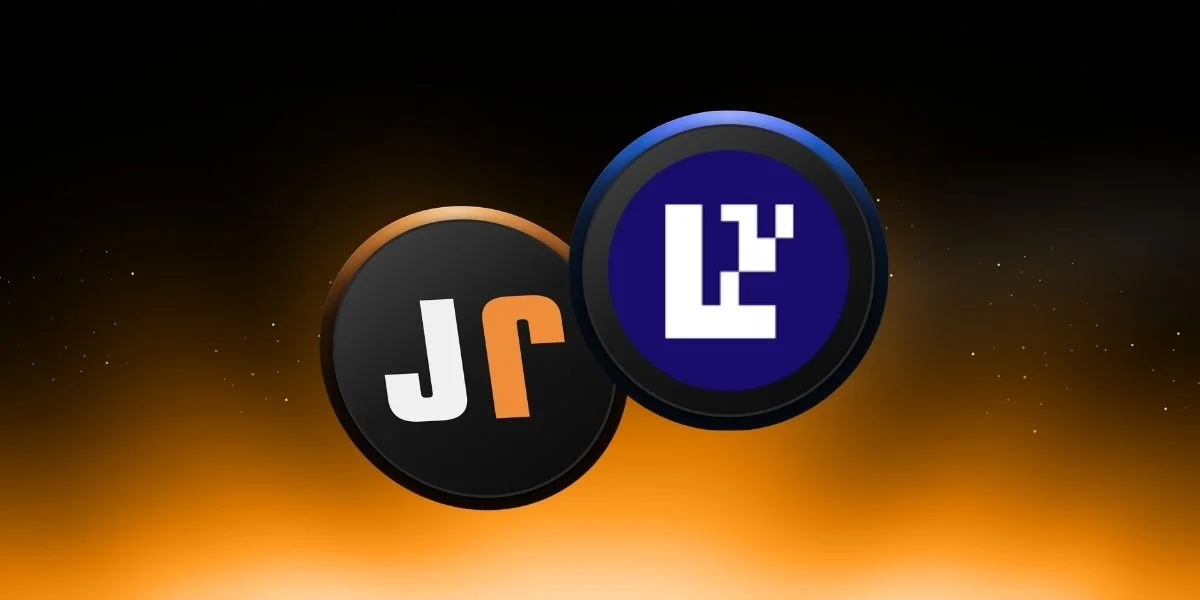News
Altcoin News
Altcoin News
Browse all Altcoin related articles and news. The latest news, analysis, and insights on Altcoin.
APT Comments and Price Analysis 11 June 2025
APT Technical Analysis – Approaching the Upper Boundary of the Descending ChannelAPT continues its upward movement within the descending channel structure it has been trading in on the 4-hour chart. The price is currently around $5.03 and is moving toward the mid-to-upper band of the channel.In recent days, the psychological resistance at $5.00 was broken, and the price is now trying to maintain stability above this level. As long as it stays above $5.00, the technical outlook will remain positive. The first resistance zone lies between $5.28 and $5.49, followed by the upper boundary of the channel at $5.57 as the next target. Falling Channel Structure If the channel is broken to the upside, a move equal to the height of the channel is expected as per the technical formation. This opens up a potential area extending toward the $6.25 region.However, before a confirmed breakout occurs, the possibility of encountering selling pressure at resistance levels should not be overlooked. On the downside, $5.00 has now become a key support level. If this level is breached, the next support zones to watch would be $4.83 and then $4.45.In summary:APT is moving upward within a descending channel.The resistance zone is between $5.28 and $5.57.If the channel breaks upward, the target could be the $6.25 region.If the price falls below $5.00, $4.83 should be monitored as support.

SEC Requests S-1 Update For Solana Spot ETFs: Approval Is On the Way!
Solana (SOL) Spot ETF – SEC Takes ActionThe U.S. Securities and Exchange Commission (SEC) has taken steps regarding Solana (SOL) spot ETF applications. The agency has requested applicants to update their S‑1 filings. ETF experts interpret this move as technical preparation ahead of approval.Timeline of the Process:The SEC expects to receive the updated filings within next week.A response will be provided within 30 days.Final decision is expected between early July and mid‑August.Normally, the S‑1 process can take up to 240 days; however, with this development, the possibility of early approval for Solana ETFs has strengthened.Approval Probability Increasing: What Analysts SayBloomberg analysts Eric Balchunas and James Seyffart previously raised the approval odds for a Solana spot ETF to 90%.This week’s request for S‑1 updates is the strongest signal yet that this forecast may come true. Such requests typically are not made for proposals destined for rejection, indicating that the SEC is progressing favorably.SEC Requested Which Updates?The Commission has asked applicants for clarity on two technical issues:In‑kind redemption mechanism: Explanation of how ETF shares can be exchanged directly for Solana.Staking policies: Details on whether the fund will stake held SOL tokens and how that process will work.Insiders suggest the SEC is positive toward staking inclusion. This could mean that the ETF would deliver not only price gains but also on‑chain yield.Which Firms Applied for Solana ETF?The filings the SEC seeks to update come from major names in crypto and the ETF industry:VanEckGrayscaleFidelityBitwise21SharesFranklin TempletonCanary CapitalThese firms have played active roles in previous Bitcoin and Ethereum ETF processes and are experienced with SEC standards.Why Solana ETFs Are So ImportantAn approved Solana spot ETF could be critical not only for investment but for Solana’s future:Institutional gateway: Large institutional funds could invest in Solana through ETF exposure.Staking yield potential: SEC approval for staking would open the door to yield‑based investment models.Perception shift: After Bitcoin and Ethereum, Solana would earn institutional credibility as an investable Layer‑1.The SEC’s call for S‑1 updates regarding Solana ETF applications signals more than a procedural step—it points toward a potential approval in July–August. If granted, Solana could become the most significant Layer‑1 investment vehicle after Ethereum, opening a new institutional door to crypto.
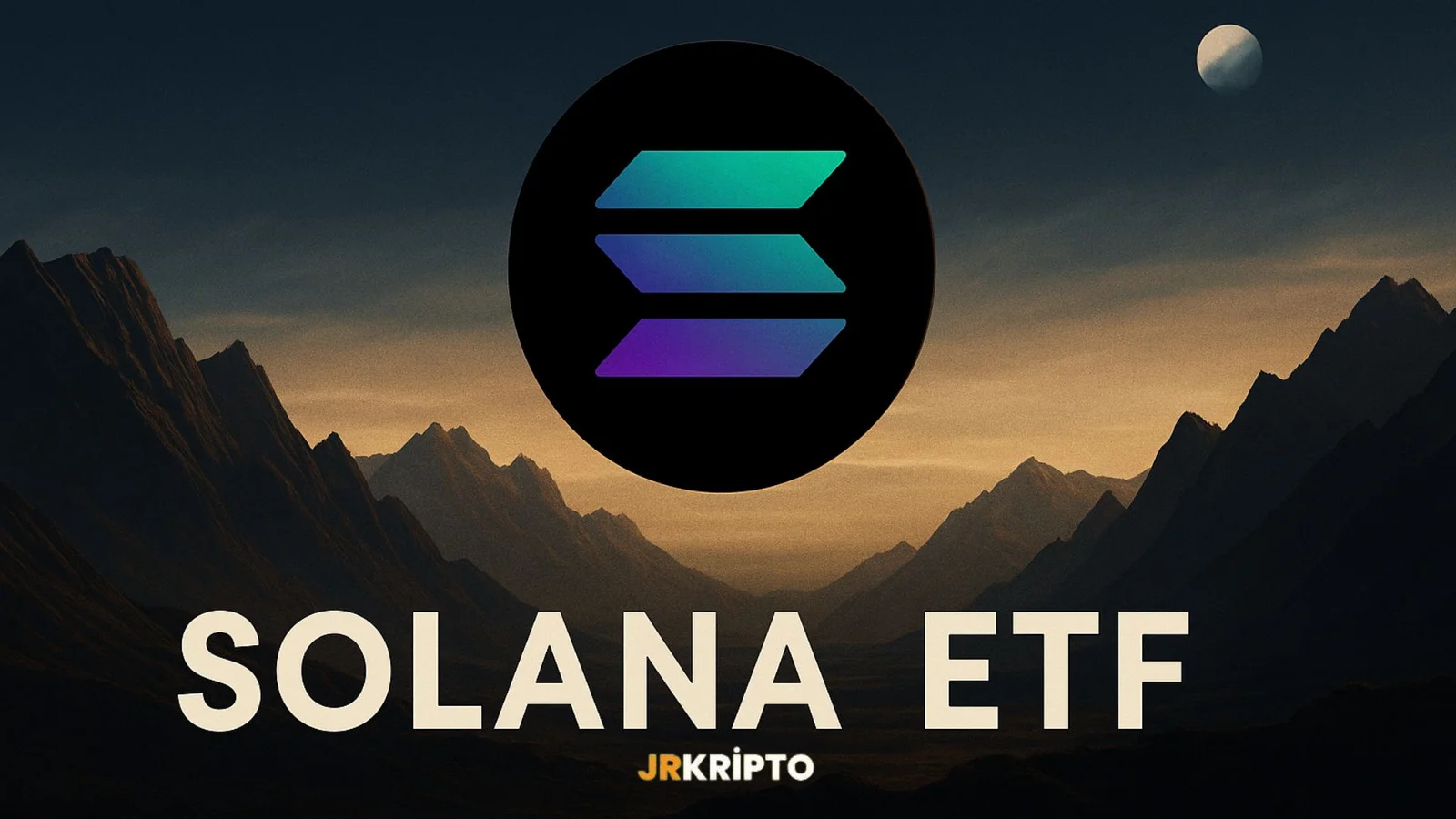
ONDO Comments and Price Analysis 11 June 2025
ONDO Technical Analysis – Ready to Bounce from Channel BottomONDO shows a solid structure on the daily chart from a broader perspective. The price has once again touched the lower band of the ascending channel it has been trading in for a long time. This level has historically acted as a strong support zone, where buyers have frequently stepped in. Looking at the chart, two previous similar correction patterns led to a breakout of the falling trendlines, resulting in sharp rallies toward the upper band of the channel. Now, a third occurrence of this pattern is on the table.If the price responds positively from this area, the first resistance level lies at $1.20. A break above this point could pave the way for ONDO to target the $2.90–$3.00 range — the upper boundary of the channel. In particular, weekly closes above $1.50 may technically trigger this rally.In the bearish scenario, the $0.78–$0.80 zone acts as the final line of defense. If this area is broken to the downside, the ascending channel structure could be invalidated, potentially accelerating the downward move.Conclusion: ONDO is currently trying to hold above the lower band of the ascending channel. Since this zone has historically triggered strong bullish reactions, it should be monitored closely. In the bullish case, a significant rally toward $2.90 remains possible. However, a close below $0.78 would invalidate this optimistic setup.Disclaimer: This analysis does not constitute investment advice. It focuses on support and resistance levels that may present potential short- to mid-term trading opportunities depending on market conditions. However, all responsibility for trading decisions and risk management lies entirely with the user. The use of stop-loss orders is strongly recommended for any trade setup shared.

SUI Comments and Price Analysis 10 June 2025
SUI Short-Term Technical Analysis Current Levels of SUI With its recent price action, SUI has broken its short-term downtrend and settled above the critical support level of the $3.35 range. These two developments confirm that the technical outlook is bullish in the short term.On the chart, the $3.35 level has historically acted as a resistance-turned-support zone multiple times. As long as this level holds, the first target stands out as the $3.70–$3.75 range.If this area is surpassed, the next resistance lies at $3.95, followed by a strong psychological and technical barrier at $4.00. Daily closes above $4.00 could accelerate the upward momentum and potentially push the price to $4.13 and beyond.On the downside, the first major support remains at $3.35. If the price fails to hold above this level, SUI could pull back to the $3.20–$3.13 range. However, based on the current structure, it appears that buyers have taken control of the trend.

ARB Comments and Price Analysis 10 June 2025
ARB Technical Analysis – ABCD Pattern Signals a Reversal in the Falling ChannelARB has been trading within a long-standing falling channel structure, which still remains valid. However, the clearly visible ABCD pattern on the chart could be signaling a potential trend reversal. In particular, the reaction at point D and the subsequent Market Structure Break (MSB) level indicate that an upward break in the market structure may have occurred.After bottoming around $0.255, the price quickly rallied to test the MSB level at $0.42. This area is also being followed as a short-term resistance zone. Currently, the price is moving close to this resistance at $0.3946. ABCD Formation For the uptrend to continue, the price must first break above $0.42. If this level is surpassed, a move toward the upper band of the falling channel may occur, potentially targeting the $0.60 – $0.75 range. Further above, the $1.10 – $1.30 zone, which overlaps with point C, stands out as a critical resistance region.In the bearish scenario, if the price falls below $0.32, the lower band of the falling channel may become the next target, which could lead to a retest of the dip levels at point D.In conclusion, ARB is showing a potential reversal signal within the falling channel through the ABCD pattern. If the MSB zone is broken, the uptrend could continue. However, unless this level is breached, the possibility of consolidation within the channel and renewed downward pressure remains. The $0.42 level is a critical threshold for short-term direction.Disclaimer: This analysis does not constitute investment advice. It focuses on support and resistance levels that may present potential short- to mid-term trading opportunities depending on market conditions. However, all responsibility for trading decisions and risk management lies entirely with the user. The use of stop-loss orders is strongly recommended for any trade setup shared.

AAVE Reviews and Price Analysis 10 June 2025
AAVE Technical Analysis – Downtrend Broken, Buyers Take the StageAAVE has broken above the major downtrend line that had been exerting pressure for months, with a strong move. The daily close came in at $316, and the post-breakout momentum is impressive. With today’s gain of over 11%, the price has surpassed the most critical technical threshold of the past six months. Falling Trend Breakage Previously, whenever the price approached this trendline, it faced sharp rejections. But this time is different. The breakout is clear, the volume is high, and the upward momentum is strong.The first target lies in the $297–$352 range just above. This zone has historically acted as both resistance and a congestion area. If the price breaks through the $352 level as well, the next major target for AAVE could be the $420–$453 band.On the downside, the $261 level and the broken trendline near $247 now serve as support. Holding these areas during pullbacks is critical for a healthy continuation of the uptrend.In summary:AAVE has broken its downtrend with strong volume.$297–$352 is the new resistance zone.Closes above $352 open the door to the $420+ region.On the downside, $261 and $247 are key support levels.The technical setup is positive and the outlook is strong.

Green Light from SEC for Crypto Purchase to Nasdaq-Listed Siebert Financial!
Siebert Financial Corp announced on June 9 that its registration statement on Form S-3 has been approved by the US SEC, allowing the company to raise up to $100 million through the sale of securities. The proceeds will be spent on buying cryptocurrencies, investing in artificial intelligence and potential strategic acquisitions.Green light for Siebert Financial for crypto acquisitionThe Nasdaq-listed company gained the flexibility to raise up to $100 million in capital with the approval of the US Securities and Exchange Commission (SEC). The funds will be used to finance artificial intelligence solutions, digital asset investments and possible strategic acquisitions. The stock, which Wall Street Zen analysts upgraded to “strong buy”, provided market support for the institution's growth plans. Siebert Financial Corp. announced that its Form S-3 shelf-registration statement has been approved by the SEC. This approval allows the company to offer different securities, including common stock, preferred stock, depositary receipts and debt instruments, to the public, either together or separately, in a single transaction or series. This structure, which will allow a capital increase of up to 100 million dollars in total, creates the financial infrastructure that will accelerate the company's growth strategies.The funds to be used within the scope of the shelf registration include crypto asset purchases, especially investments in leading digital currencies such as Bitcoin, Ethereum and Solana. In addition, the development of Artificial Intelligence (AI) supported products and services, technological integration projects into existing business units and potential merger and acquisition transactions were also listed among the priority spending items. So the company is diversifying its investments.Optimistic statements from senior executivesJohn Gebbia, CEO of Siebert Financial, stated that the shelf registration approval lays the foundation for the company's technology-focused growth plans. “This approval gives us access to additional financing to take quick and decisive steps in critical areas such as artificial intelligence and digital assets. We now have the flexibility to realize our growth vision.”CFO Andrew Reich pointed out that flexibility in capital access strengthens the capacity to create value in the long term. “The ability to raise capital continuously and when we need it prepares us not only for current opportunities, but also for future technology investments. Providing our shareholders with a long-term growth perspective is our key priority.”In a Wall Street Zen research note, it was announced that Siebert Financial shares were upgraded from “buy” to “strong buy” category. In the first quarter financials announced on May 13, 2025, the company reported a profit of $ 0.22 per share, a net margin of 12.83 percent and a return on equity of 13.92 percent. Siebert, which recorded revenues of 28.92 million dollars in the same period, also drew attention with its strong operational performance.Institutional investors also increased their positions considering this performance. Jane Street Group LLC increased its stake by 40.9 percent to 16,440 shares in the first quarter. Northern Trust Corp. increased its shares by 15.1 percent in the fourth quarter, while Geode Capital Management LLC increased by 4.9 percent to 216,841 shares in the same period. Renaissance Technologies LLC added 275 percent to its portfolio in the fourth quarter, reaching 39,000 shares. Institutional investors now own 1.52% of the company.
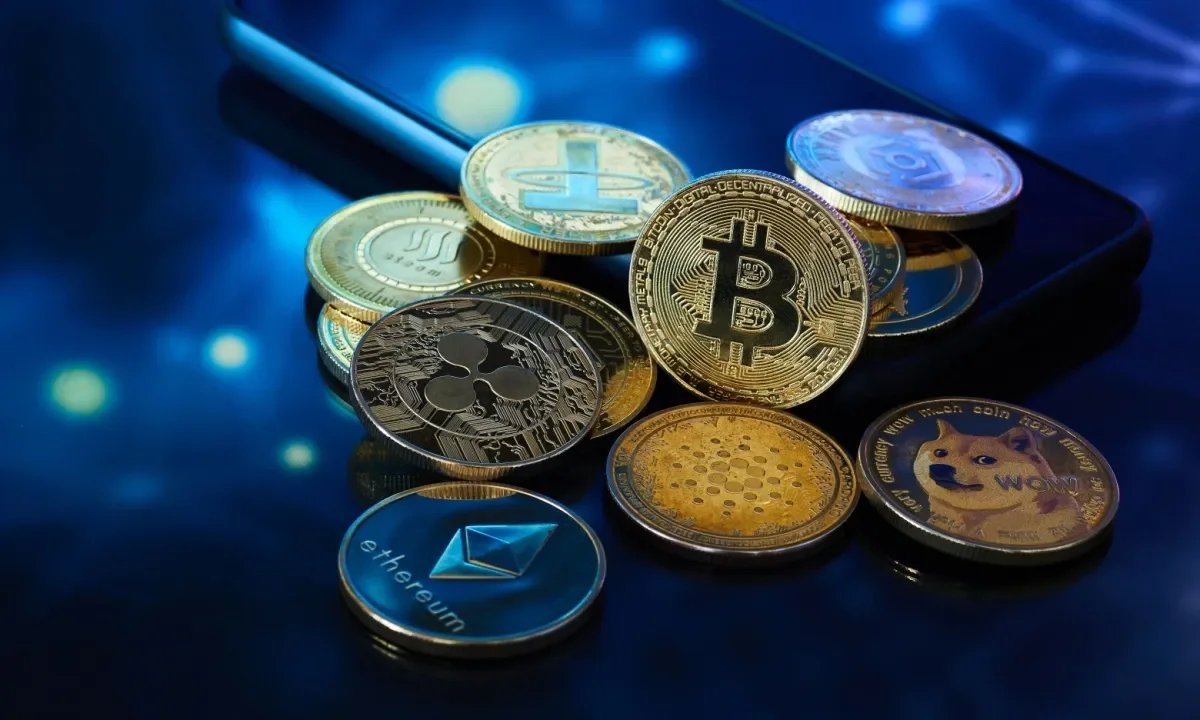
Société Générale Confirms Ethereum and Solana-Based Stablecoin Plan
Société Générale, one of the giants of traditional banking, has taken a new step that has caused a stir in the cryptocurrency market. The bank's digital asset subsidiary SG Forge is preparing to launch USD CoinVertible (USDCV), a new dollar-backed stablecoin that will run on the Ethereum and Solana blockchains.Société Générale announces new stablecoin planSG Forge, the digital asset subsidiary of Société Générale, one of France's leading banking groups, is preparing to launch a new US dollar stablecoin that will run on Ethereum and Solana blockchains. The stablecoin will be called USD CoinVertible (USDCV) and its reserve manager will be BNY Mellon, one of the world's most established financial institutions. Trading is scheduled to begin in July.This is Société Générale's second major step towards developing digital asset-based solutions on public blockchains. Previously, in April 2023, the company launched the euro-backed EUR CoinVertible (EURCV) stablecoin on the Ethereum network for institutional clients only. EURCV was designed to comply with Europe's crypto asset regulation MiCA and was the first example of SG Forge's regulatory-focused approach.With the new dollar-backed version, USDCV, SG Forge is stepping into the much larger and highly competitive dollar stablecoin market. According to the company, USDCV, like the euro version, is designed to comply with MiCA regulations and will be offered as an Electronic Money Token (EMT). SG Forge's electronic money license from ACPR, the France-based financial supervisory authority, strengthens the legal framework of this process.Stablecoins attract attention in traditional financeBNY Mellon will act as the reserve custodian for USDCV and transactions will begin in July. Carolyn Weinberg, Director of Product and Innovation at BNY Mellon, pointed out that stablecoins are leading the transformation of cash markets and said, “With 24/7 transaction capability, stablecoins are at the center of the growing infrastructure of the digital asset economy.” Thanks to USDCV, individual users, especially institutional investors, will be able to instantly convert between fiat and stablecoins around the clock.Jean-Marc Stenger, CEO of SG Forge, stated that the launch of USDCV was a natural step, “After launching a MiCA-compliant euro stablecoin with EURCV, it became inevitable to launch the dollar version. The demand for stablecoins is growing exponentially.” However, another noteworthy detail is that USDCV will only be accessible to users outside the US. EURCV market capitalization The company said that both USDCV and EURCV are designed for a wide range of use cases, including crypto trading, cross-border payments, on-chain settlement, foreign exchange transactions and collateral and cash management. The stablecoins will be listed on multiple cryptocurrency exchanges and made available to institutional, corporate and retail investors through brokers and payment service providers, the company added.
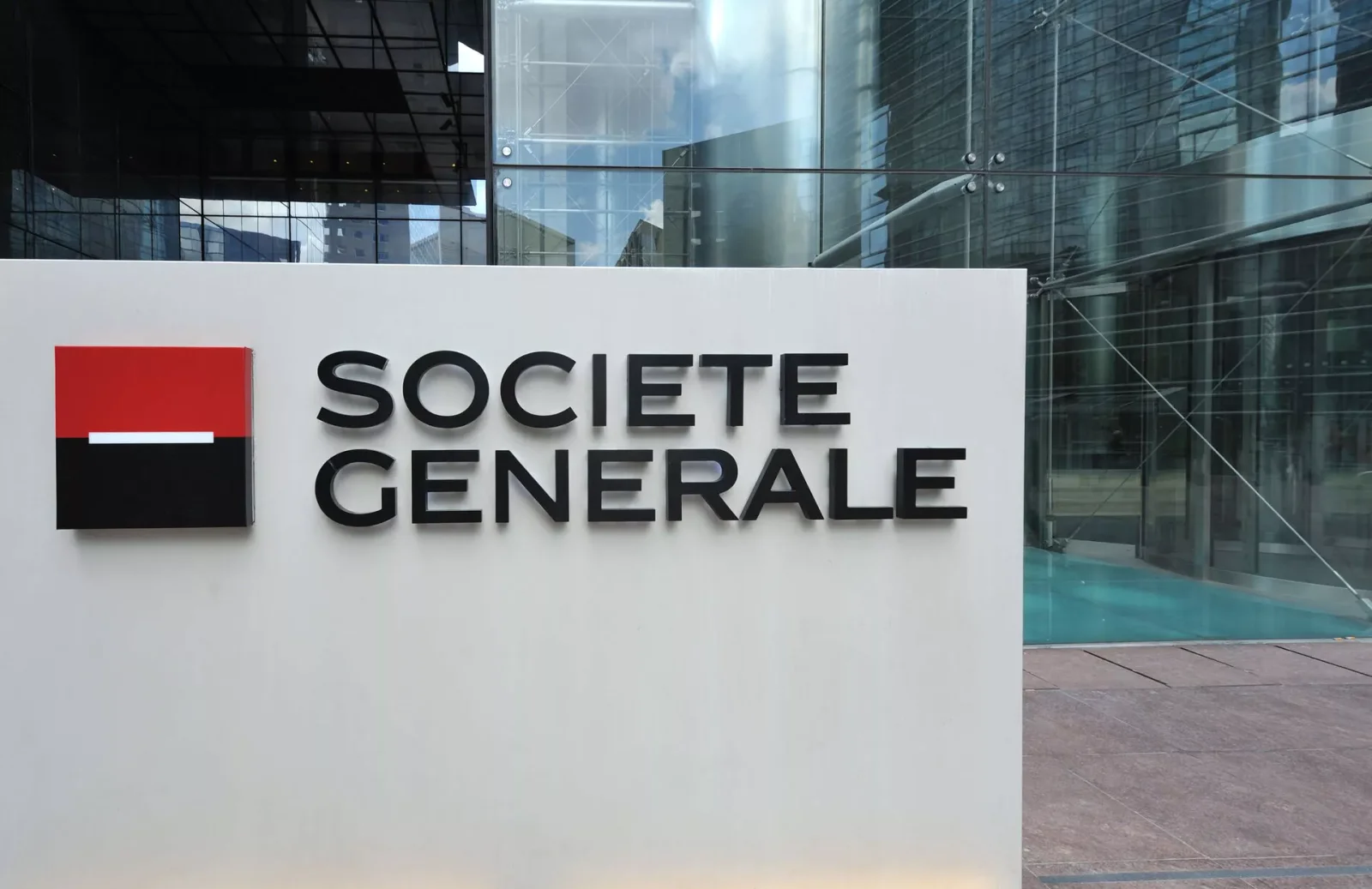
Circle Rocked the NYSE! Got Two ETF Files, and Investment from Ripple Partner SBI
Circle Internet Group (CRCL), the company behind the USDC stablecoin that went public last week, has quickly become the focus of crypto and financial circles. Just days after the company's shares began trading on the New York Stock Exchange on June 5, two separate issuers applied for a single stock ETF based on Circle shares.ETF applications for CircleCircle is the issuer of USDC, the second largest stablecoin collateralized one-to-one with the US dollar. With a market capitalization of approximately $61 billion, USDC ranks behind Tether's USDT, which has a market capitalization of $154 billion. Developed in 2018 in partnership with Coinbase, all issuance and governance rights of USDC were transferred to Circle in 2023.Two ETF applications for Circle shares are noteworthy. One of them, ProShares Ultra CRCL, offered by ProShares, is a product that aims to invest in leveraged daily returns. If CRCL stock gains 5 percent in a day, this ETF is structured to return about 10 percent.The other application is the CRCL Option Income Strategy ETF offered by Bitwise. This fund is based on the collateralized call option method, which allows investors holding Circle shares to earn regular income through option strategies. Both filings are scheduled to become effective as of August 20, 2025. Circle's shares were priced at $31 in the IPO, but have risen as high as $134 since the start of trading and are trading at $117 at the time of writing. The company's market capitalization reached 25 billion dollars.Investment from SBI HoldingsMeanwhile, Japanese financial giant SBI Holdings attracted attention by investing $50 million in the Circle IPO. The company's relationship with Ripple, one of its key partners in the cryptocurrency world, has long been known. SBI Holdings' investment together with its subsidiary SBI Shinsei Bank made it one of the largest shareholders in Circle's IPO. SBI is also actively collaborating with Circle to expand the use of USDC in Japan. SBI VC Trade was the first exchange to list USDC in Japan in March 2025.Most recently, Ark Invest, the company of renowned investor Cathie Wood, also bought 4.5 million Circle shares.The fact that Circle has been so successful on exchanges is a very positive development in the cryptocurrency space. For this reason, it is a matter of curiosity whether more ETF applications will come in the coming period.
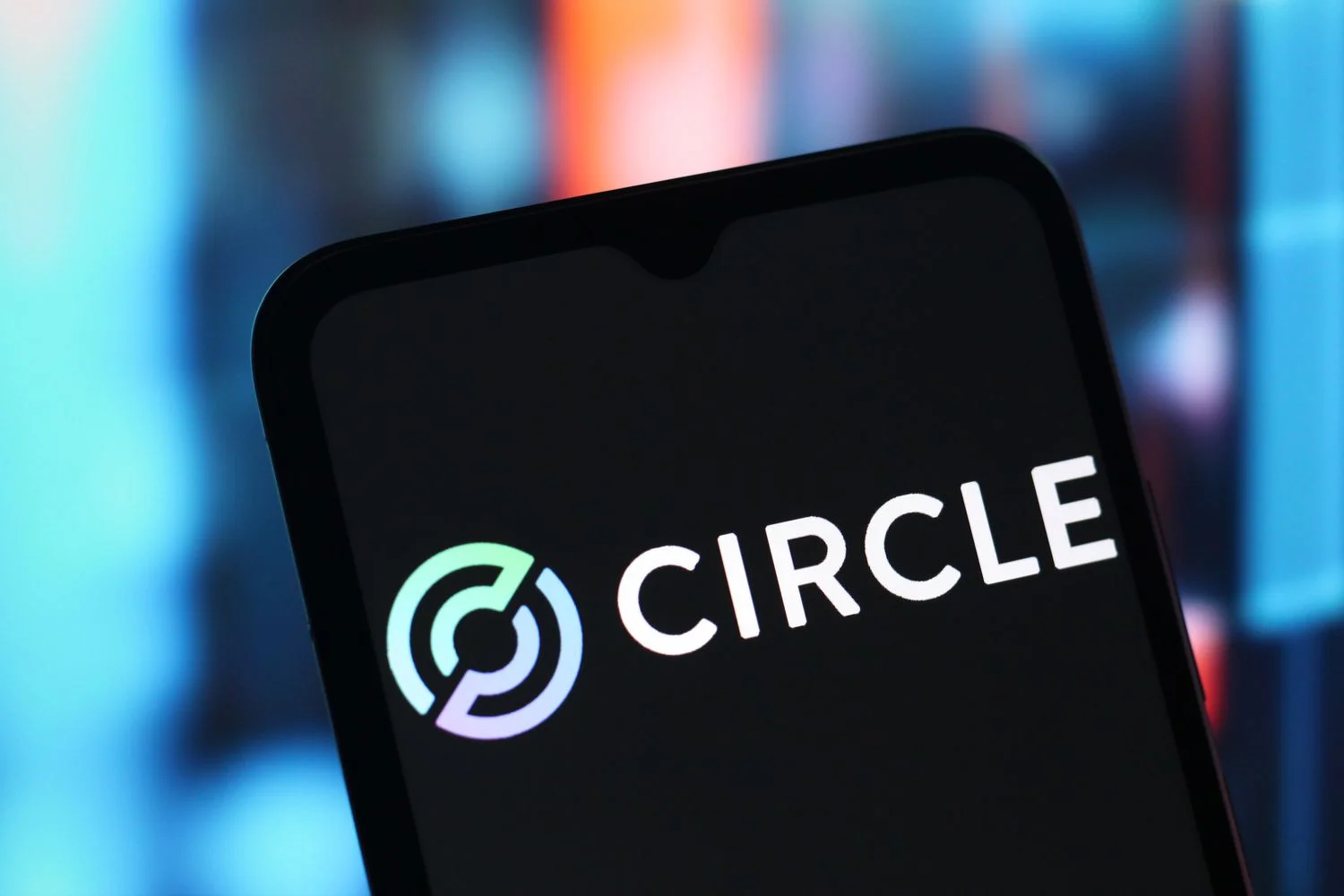
Investors Turn to Ethereum! BTC, SOL, XRP, ADA Left Behind
The global cryptocurrency market is struggling to regain investor interest in mid-2025. Cryptocurrency investment products, which have been strengthening with consecutive inflows for the last seven weeks, closed last week positively. However, this recovery momentum seems to have slowed down due to the US Federal Reserve's upcoming monetary policy decisions. CoinShares' report dated June 9, 2025 reveals that investors are more cautious and carefully observing the risk-return balance. While investors remained cautious, the fact that Ethereum (ETH), the largest altcoin, attracted a lot of attention surprised those in the crypto space. Let's examine the details of the CoinShares report.Cryptocurrency investment products attracted $224 millionCrypto asset investment products closed last week with a total inflow of 224 million dollars. Thus, the total inflow for the last seven weeks reached 11 billion dollars. However, uncertainty over the US Federal Reserve's (FED) interest rate policy and inflation signals led investors to maintain their cautious stance. According to CoinShares' weekly report, the highest regional inflows came from the United States with $175 million. Germany ($47.8 million), Switzerland ($15.7 million), Canada ($9.8 million) and Australia ($6.5 million) also made positive contributions. On the other hand, there were outflows of $14.6 million from Hong Kong and $9.2 million from Brazil. Hong Kong, in particular, has fallen after previous record inflows.Ethereum strengthens, Bitcoin declinesEthereum was the most notable asset of the week. Inflows into Ethereum reached $295.4 million, making it a positive asset for the seventh consecutive week. Ethereum's share of total assets under management (AuM) rose to 10.5%. This performance marks the strongest investor interest since the US elections in November.On the Bitcoin side, the outflow continued for a second week. BTC investment products saw outflows totaling $56 million. Similarly, there was an outflow of $4.1 million from short-Bitcoin products. This shows that investors' risk appetite remains weak. Silence in altcoinsOn the altcoin front, low-volume movements were generally observed. Sui received a slight inflow of $ 1.1 million; XRP 4 million dollars, Solana 2.1 million dollars and Cardano 0.4 million dollars worth of outflows. Chainlink closed the week with a limited inflow of $0.2 million. Multi-asset products also recorded outflows of $6.6 million. Litecoin and some smaller assets remained flat.According to some, this picture suggests that Ethereum may further increase investor interest in the coming period. On the other hand, the inflows/outflows in Bitcoin funds seem to be waiting for clarity on the FED's policies. In addition, the Consumer Price Index (CPI) and Producer Price Index (PPI) data for May in the US have the potential to determine the direction of the markets. In addition, important topics such as the spot Litecoin ETF application and the “Crypto Market Structure Bill” regarding crypto regulations are also on the radar of investors.
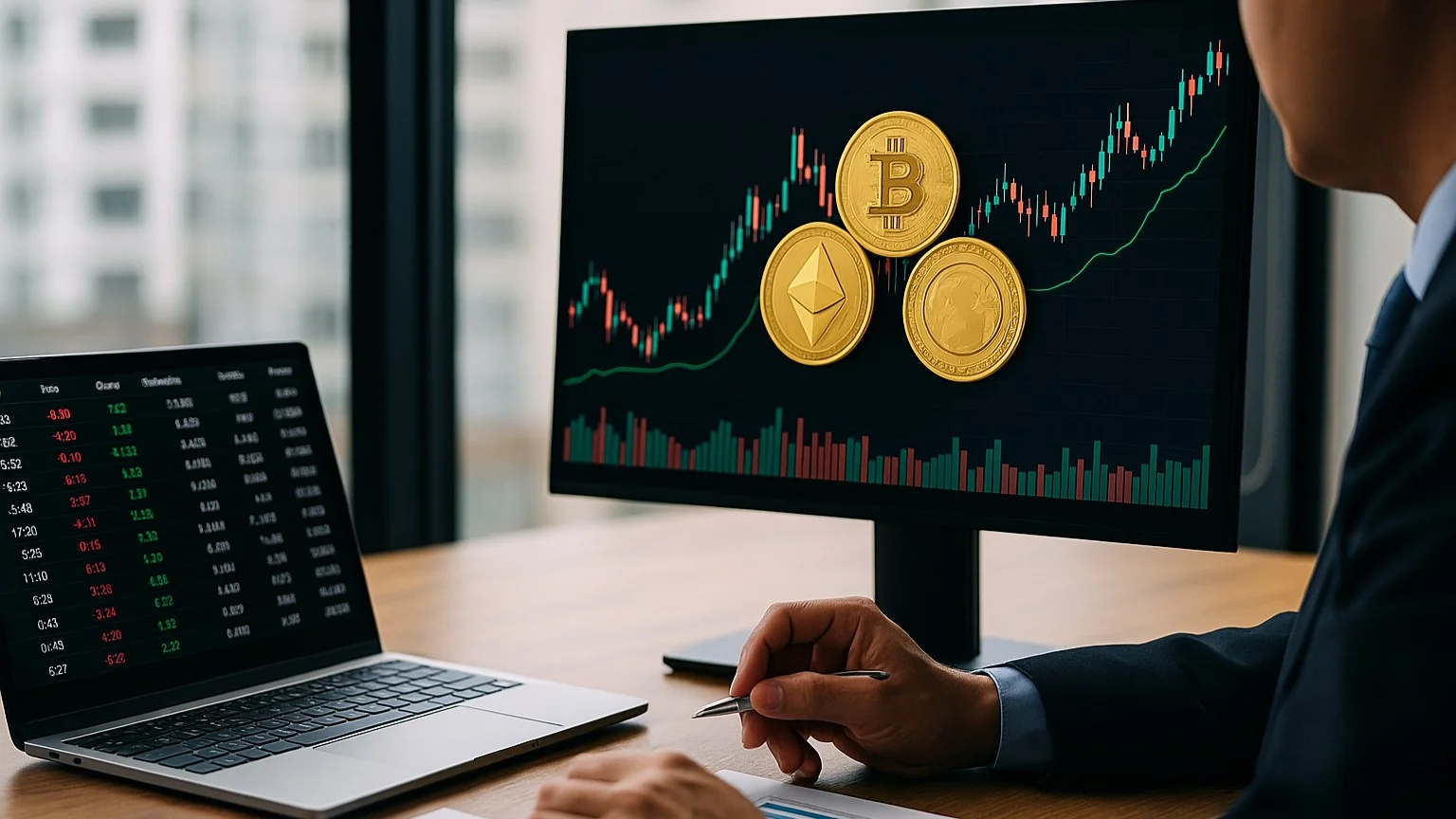
Nasdaq's Files to SEC for XRP, Solana, Cardano and XLM
A new step has been taken in the ETF processes progressing in the shadow of regulatory obstacles in cryptocurrency markets. Nasdaq announced that it wants to expand the scope of the index followed by the Hashdex Nasdaq Crypto Index US ETF with the 8-K form submitted to the US Securities and Exchange Commission (SEC) on June 2, 2025. According to the filing, XRP, Solana (SOL), Cardano (ADA) and Stellar Lumens (XLM) will be included in the current index. With this move, it aims to create a more inclusive indicator consisting of nine cryptocurrencies in total.Nasdaq takes action for XRP, Solana, Cardano and StellarCurrently, Hashdex's ETF product in the US can only hold Bitcoin (BTC) and Ethereum (ETH). This is due to the SEC's restrictive rules for ETFs. However, Hashdex is trying to track the index by applying a “sampling” strategy to overcome these limitations and offer a broader market representation. If Nasdaq's application is accepted, it would pave the way for the ETF to invest directly in altcoins such as XRP, SOL, ADA and XLM. The SEC is expected to make its decision on this proposal by November 2, 2025.The expanded index includes the following nine cryptocurrencies: Bitcoin, Ethereum, XRP, Solana, Cardano, Stellar Lumens, Chainlink, Litecoin and Uniswap. This step, which comes at a time when institutional investors' interest in diversified crypto products is increasing, could be an important milestone if regulatory approval is obtained.Looking at the market data, Nasdaq's application seems to have resonated in the markets. XRP rose by 1-2 percent for SOL. On the other hand, Cardano and Stellar started the week with small losses.On the other hand, in parallel with these developments, important changes took place in Hashdex's management team. Bruno Passos, the company's CFO and board member, left his post. He was replaced by Samir Kerbage, who has been managing the company's investment strategy since 2018. According to the statement, Passos' resignation is not related to any internal dispute.In addition, major asset managers such as VanEck, 21Shares and Canary Capital issued a joint letter to the SEC, calling for the reinstatement of the “first-to-file priority approval” principle in ETF approval processes. The call comes amid criticism that early applicants have been disadvantaged by the SEC's past practice of approving multiple applications at the same time.All in all, Nasdaq's move is an important attempt to make crypto investment products more fair, diverse and accessible to institutional investors. However, all eyes are now on the SEC's decision in the fall: Will it usher in a new era of crypto ETFs?
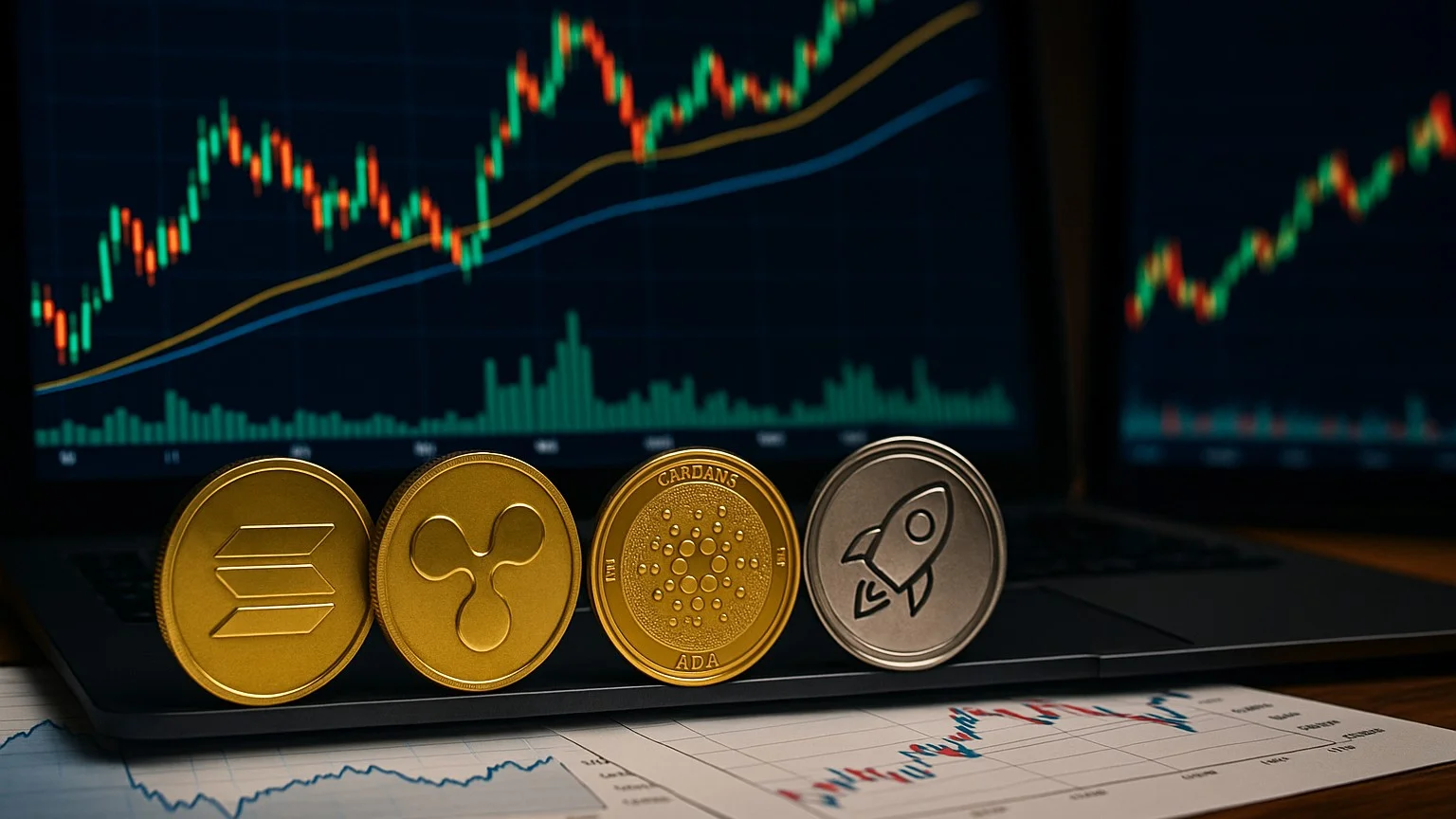
The US Congress Updated the Crypto-Focused CLARITY Act
The US Congress has taken an important step for the long-awaited clarity in cryptocurrency regulations. Members of Congress introduced an updated version of the CLARITY Act, a bill that aims to unify the laws overseeing the crypto market. The new draft is called the “Alternative Amendment”, or officially “Amendment in the Nature of a Substitute” (ANS), and will be debated at the House Financial Services Committee hearing on June 11.Update to cryptocurrency law in the USThe new bill contains positive regulations, especially for developers and decentralized finance (DeFi) projects. Crypto developers and wallet providers will not be considered “money transfer service providers” if they do not have direct control over user funds. This means that DeFi tools and software where users store their private keys will be exempt from existing money services regulations. Furthermore, Bank Secrecy Act (BSA) rules will only apply to centralized intermediaries. This means that decentralized finance (DeFi) projects will be relieved of some regulatory pressure. However, the law also introduces new provisions for banks regarding the use of digital assets. National banks will be able to offer legal services using digital assets and blockchain technology. However, these activities must be conducted in accordance with existing regulations. The same rights will apply to insured state banks and their subsidiaries.The CLARITY Act mainly aims to clarify the classification of crypto-assets, the mandate of regulators and the rules to which market players are subject. The delineation of jurisdictional boundaries between the US Securities and Exchange Commission (SEC) and the Commodity Futures Trading Commission (CFTC) is crucial for the future of digital assets such as Bitcoin, Ethereum and stablecoins.The amendments to the bill have been welcomed in the market. In particular, software developers and the DeFi community have welcomed the emphasis on the principle of “decentralization” in the bill. However, some experts note that this concept is difficult to define in the legal framework. Former CFTC Chairman Timothy Massad warned that over-reliance on decentralization could mean building regulation on an uncertain concept that could change over time.Bitcoin reserve bill submitted to CongressIn the shadow of these legislative developments, another notable move came from Republican Representative Tim Burchett. Burchett introduced H.R. 3798, a bill to enact the strategic Bitcoin reserve plan proposed by former President Donald Trump. If passed, the US government would officially begin creating a Bitcoin reserve. Supporters argue that this plan would boost the US economy and increase crypto adoption, while critics point to Bitcoin's volatility.
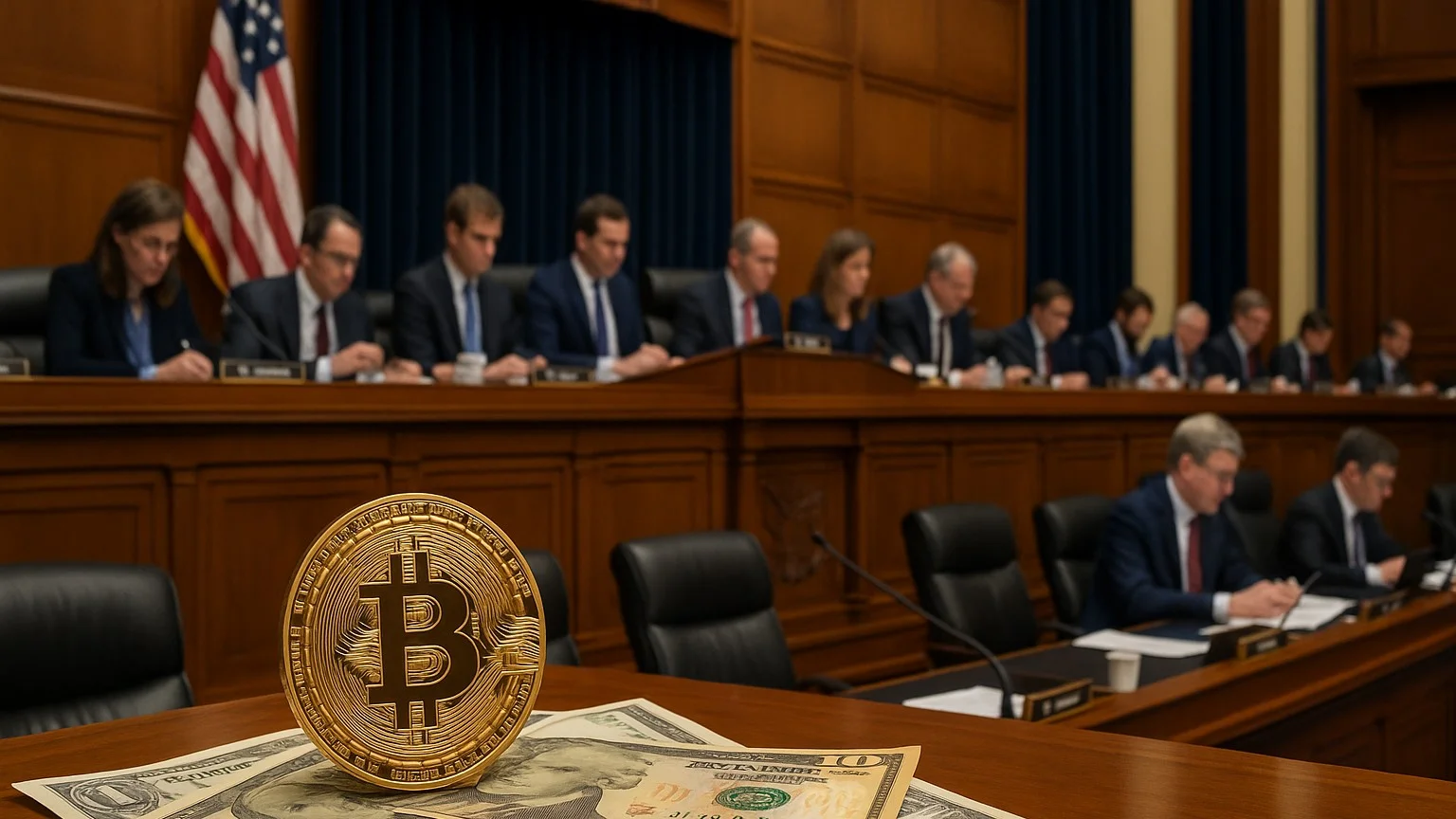
TIA Comments and Price Analysis 9 June 2025
TIA Short-Term Technical AnalysisTIA is moving within a wide and well-defined descending channel. The price is currently at $2.015 and is very close to the lower band of the channel. Falling Channel Structure This level also overlaps with the horizontal support at $1.892.Due to the channel structure, reactions from the lower band of the channel often become the starting point for upward movements. However, the important point here is: whichever direction the breakout occurs, the technical target is approximately the length of the channel. This means a distance of about $1.60–$1.70.In other words:In an upward breakout, the target is the $2.787–$3.000 range,In a downward breakout, the target is $1.784 and below.For now, there has not yet been a breakout. The price continues to oscillate within the channel. The first resistance to watch on the upside is $2.310. If this area is surpassed, $2.537 and $2.719 levels will successively come into focus.On the downside, the critical support zone is $1.892. If this level is broken, the channel structure is invalidated and a gap could open down to $1.784.In summary:The price is near the bottom of the channel, but no breakout confirmation has come yet.For a bullish move, closes above $2.310 should be watched.On the downside, if $1.892 cannot be defended, selling pressure may deepen.For now, the price continues to fluctuate within the channel.

XRP Comments and Price Analysis 8 June 2025
XRP Critical Trend BreakoutAn important technical threshold has been crossed on the XRP front. The price has broken above the descending trendline that has long created pressure. It is currently trading at $2.2784 and is positioned just above the broken trendline. This breakout may indicate a significant change in the technical outlook. Trend Breakage This trend on the chart has been the main resistance that suppressed every rebound since the beginning of May. As of today, this structure has been broken. The price not only broke the trend but also surpassed the horizontal resistance at $2.2484. This level should now be monitored as support.The first strong resistance after the breakout is $2.2895. If this is broken, technical targets for XRP expand: $2.3947, followed by $2.5395, may come into focus. However, it is important to note that the breakout has not yet been confirmed. Volume support is low, and there is no closing confirmation yet.On the downside, the first critical support is $2.2484. If the price falls back below the broken trendline, the breakout may turn out to be “fake.” In that case, the price could pull back to the $2.1367 support.So for now, the technical picture is positive but unconfirmed. A confirmed close and a move supported by volume will clarify XRP’s direction. If the price breaks $2.2895 with strong volume, the breakout will be not only technical but also a psychological show of strength.
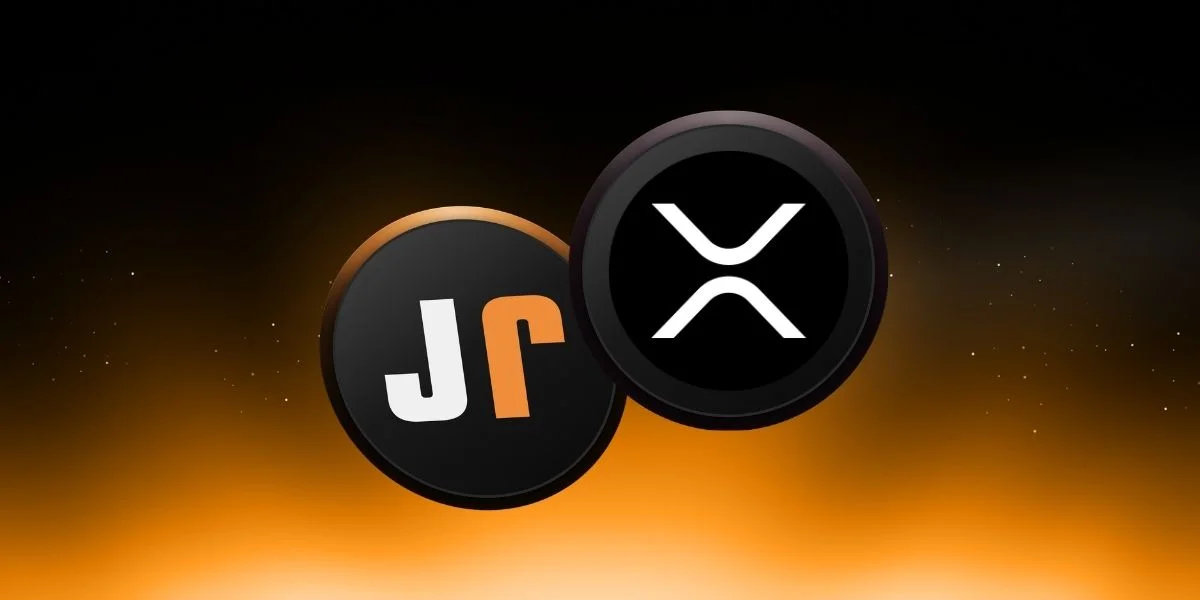
EIGEN Comments and Price Analysis 8 June 2025
EIGEN Short-Term Technical AnalysisEIGEN is trading within an ascending channel on the 4-hour chart. It is currently priced around $1.411. The lower band of the channel provides support at $1.328, while the upper band creates resistance around $1.695. Rising Channel In such ascending channel structures, the direction of the breakout usually determines a technical target equal to the channel’s height. The height of the current channel is approximately $0.36. Therefore:If the price breaks upward, the target could be the $1.695 + $0.36 = $2.05 area.In case of a downward breakout, the target could open down to $1.328 – $0.36 = $0.96 levels.For now, the price is in the middle of the channel and seems to be stuck at the horizontal resistance at $1.427. As long as this area is not broken, fluctuations within the channel may continue. The main support below is at $1.328. If it breaks, the channel structure is invalidated.In the upward scenario, the first resistances are at the $1.464 and $1.560 zones. If these levels are surpassed with increasing volume, a channel breakout can be expected. On the downside, below $1.328, the $1.235 and $1.112 levels should be monitored step by step.Volume is currently at a medium level, but the direction is not clear. As the price approaches the boundaries of the channel, reactions will increase. Especially when the lower or upper band is tested, whether the breakout is confirmed should be evaluated with volume and candle closings.In summary:EIGEN is moving within an ascending channel.If it breaks upward, the target is around $2.05.If it breaks downward, the target is around $0.96.For breakout confirmation, both closing and volume are necessary.Currently, we are in the middle of the channel, and indecision continues.
